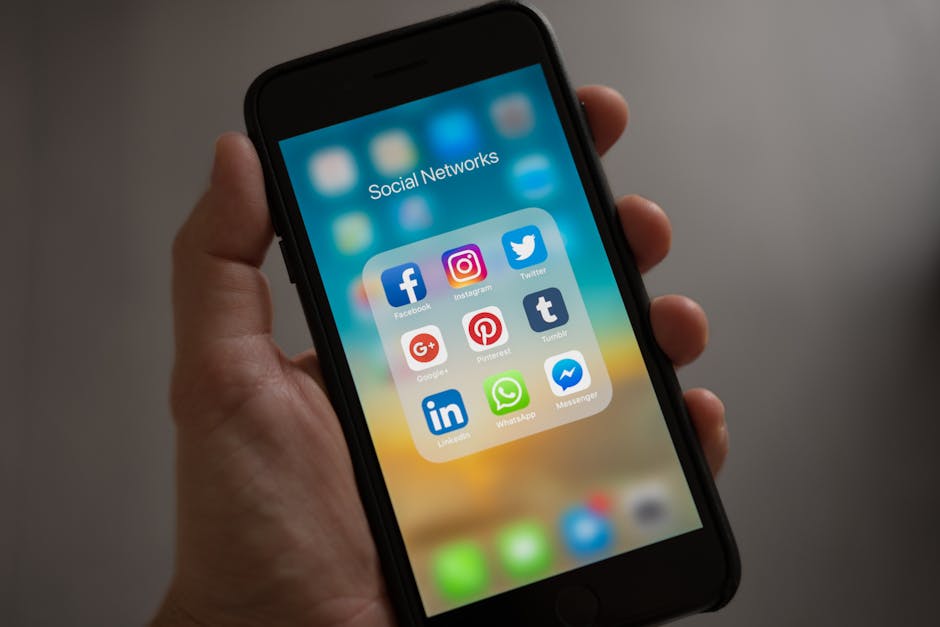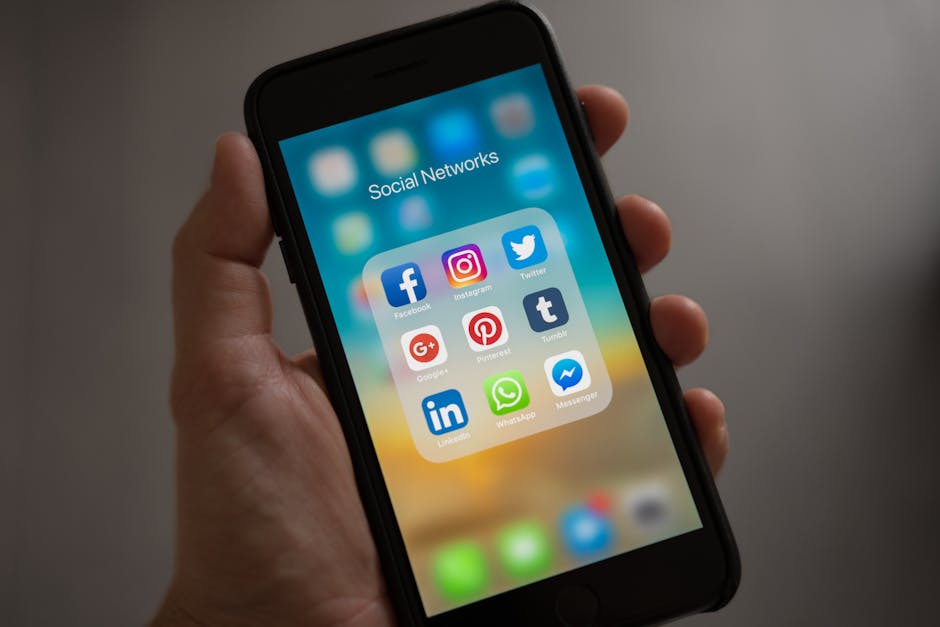Twitter Outages: Causes, Impacts, and How to Stay Connected During Downtime
Twitter, a cornerstone of modern communication and news dissemination, isn’t immune to outages. These disruptions, ranging from minor glitches to widespread service failures, can significantly impact individuals, businesses, and even global events. Understanding the causes of Twitter outages, their potential impact, and strategies for mitigating their effects is crucial in today’s digitally reliant world.
Causes of Twitter Outages
Twitter outages stem from a multitude of factors, often intertwined and complex. These can broadly be categorized into:
1. Technical Issues
- Server failures: Overloaded or malfunctioning servers are a frequent culprit. High traffic volume, particularly during major events or trending hashtags, can overwhelm Twitter’s infrastructure.
- Software bugs and glitches: Errors in Twitter’s codebase can lead to malfunctions, preventing users from accessing the platform or specific features.
- Database problems: Issues with the databases storing user data, tweets, and other information can cripple the platform’s functionality.
- Network connectivity problems: Problems with internet infrastructure, both within Twitter’s internal network and its external connections, can lead to outages or slowdowns.
- Distributed Denial-of-Service (DDoS) attacks: Malicious actors can flood Twitter’s servers with traffic, making it inaccessible to legitimate users.
2. Planned Maintenance
While not strictly outages, scheduled maintenance periods can temporarily disrupt service. Twitter typically announces these in advance, allowing users to anticipate any potential downtime.
3. Natural Disasters and Physical Infrastructure Damage
Extreme weather events, such as hurricanes or earthquakes, can damage physical infrastructure, impacting power supply, internet connectivity, and the physical servers themselves.
Impact of Twitter Outages
The consequences of Twitter outages can be far-reaching and impactful, depending on the duration and severity of the disruption:
1. Communication Disruption
The most immediate impact is the disruption of communication. Users are unable to send or receive tweets, retweet, or engage in real-time conversations. This can be particularly problematic during crises or breaking news events.
2. Business Impact
Businesses relying heavily on Twitter for marketing, customer service, and brand building face significant disruption. Loss of engagement, decreased brand visibility, and inability to respond to customer queries can negatively affect sales and reputation.

3. News and Information Dissemination Challenges
Twitter is a vital source of breaking news and real-time information. Outages can impede the rapid dissemination of crucial information, hindering public awareness and potentially delaying emergency responses.
4. Financial Market Impacts
Given Twitter’s role in disseminating market-moving information, outages can affect the financial markets. Traders and investors may experience delays in accessing critical data, leading to potential volatility.
5. Social and Political Implications
In politically charged environments, Twitter outages can disrupt public discourse and potentially exacerbate tensions. The inability to express opinions or access news can lead to increased uncertainty and frustration.

Staying Connected During Twitter Outages
While you can’t entirely prevent Twitter outages, you can prepare for them and minimize their impact:
1. Utilize Alternative Platforms
Diversify your social media presence. Having accounts on other platforms like Facebook, Instagram, Mastodon, or even email lists can provide alternative communication channels during downtime.
2. Monitor Twitter’s Status Page
Twitter usually publishes updates on its status page during outages. Monitoring this page keeps you informed about the situation and any expected restoration times.
3. Follow News Outlets
Reputable news organizations often report on major Twitter outages. Following these sources on alternative platforms ensures you receive updates.
4. Check for Updates on Third-Party Monitoring Sites
Several websites monitor social media platform performance, providing real-time updates on outages. These services can offer an early warning and prevent unnecessary concern.
5. Prepare Alternative Communication Methods
In situations where digital communication is entirely unavailable, consider having backup communication methods, such as phone numbers or physical addresses, for urgent contact.
Conclusion
Twitter outages are an unavoidable reality in the digital landscape. Understanding their causes, potential impacts, and mitigation strategies is critical for individuals, businesses, and organizations. By diversifying communication channels, monitoring status updates, and developing contingency plans, you can significantly reduce the disruption caused by these inevitable service interruptions.
The frequency and duration of Twitter outages can vary. It’s crucial to stay informed and prepared to navigate these disruptions effectively.


